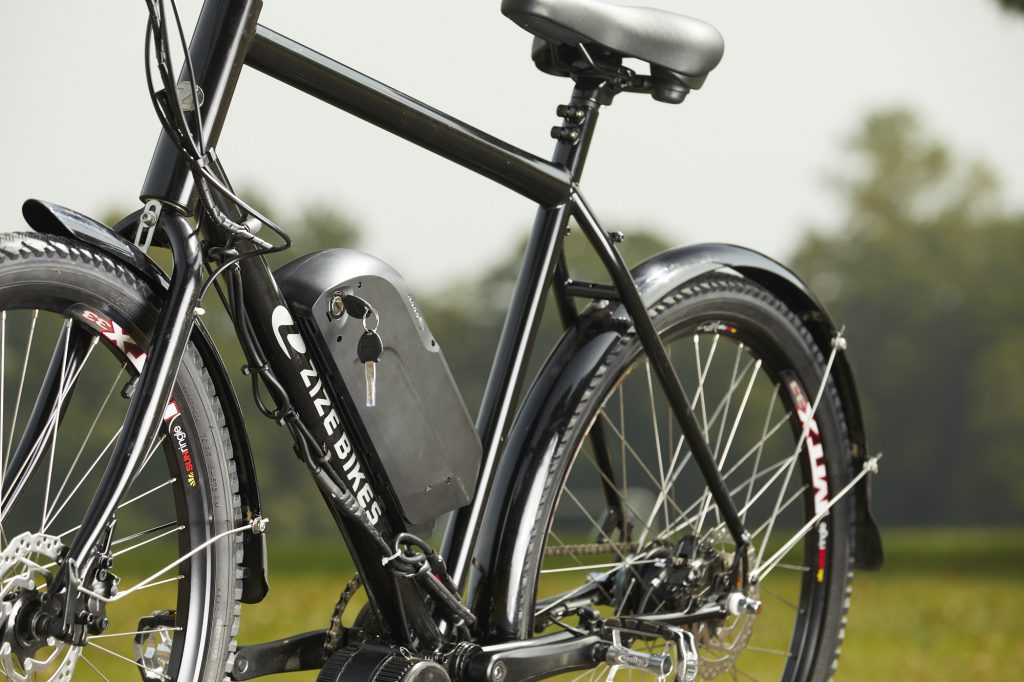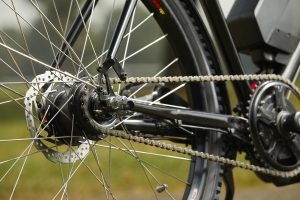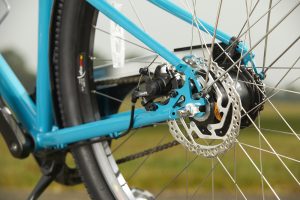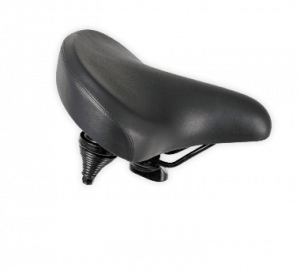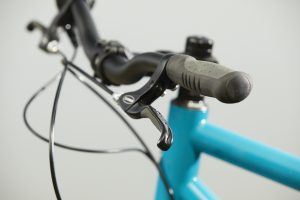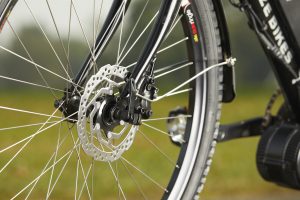The right bicycle chain size is vital for you to have a safe, smooth, and easy ride. Learn how to know the right bicycle chain size for your drivetrain, and other tips about chain repair and maintenance.
1. It’s very important to run the right-width chain appropriate to the drivetrain of your bicycle. Bicycle chain sizes are standard and listed on the packaging. To find out a chain’s size on your own, just line up the jaws of a pair of calipers over the center of both ends of a chain pin. Five- or six-speed bicycles require a chain 7.5 to 8mm in diameter; seven- and eight-speed bicycles, 7-7.55 mm; nine-speed bicycles, 6.5-6.9 mm; and 10-speed bicycles, 5.9-6.1 mm chain.
Although Shimano and SRAM chain are, in some cases, interchangeable, it is best to stay with the same brand for both your chain and drivetrain, especially when you ride on the nine- and 10-speed range.
2. The chain does not literally stretch. The holes in which the pins connect the individual links start to change shape (become oval) over time and eventually change the chain’s tolerances. When such happens, your worn chain will start to wear the teeth of your cassette and chainring. You will know your drivetrain is worn when its teeth begin to look like shark fins. If you let the situation go this far, you have to replace your chainrings and cassette, along with your chain.
To prevent this from happening, make sure you keep track on your chain’s wear and get a new one before it starts to damage your drivetrain. To learn how to measure and check chain wear, click on the link.
3. You will know when it happens. You are riding and suddenly the pedals lock up and you are forced to stop abruptly. When the chain does not disengage from the bottom teeth of the front chaingring and gets caught up on the teeth and pulled back up the chainring onto itself instead, jamming between the chainstay and chainrings. The common causes are: damaged or bent teeth on the chainring, worn chain with stiff links, wet or mud grit on the cassette and chain, shifting late under pedaling load, or misaligned chainline ( how the chainrings line up with the cassette). If you don’t find out the cause and fix it, your frame and drivetrain components could be damaged.
For bicycles that need less maintenance and repair, visit Zize Bikes for custom bicycles made for every body including bicycles for heavy riders which can support weight up to 550 pounds.
Watch this video to learn more about bicycle chain size.

